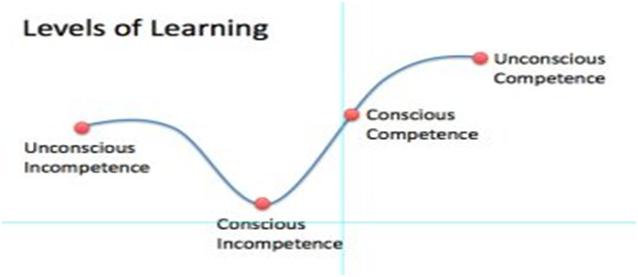The story of 6 sigma begins in 1980’s when Motorola developed it as a set of tools and techniques for process improvement. It came in lime light in 1995 when Jack Welch successfully used it at General Electric.
To understand how 6 Sigma tools can help your organization, let’s consider an example of a firm that is facing challenges with customer services. For the past few months you are observing that your Churn ratio is increasing, and you need to figure out the exact cause which will then help you take corrective actions to get back on track.
So what do you need to do? Here is what Six Sigma suggests, a methodology that can save you. To resolve any issue your firm is facing, one must take these 5 steps:
1- Define the Problem:
The first step is to clearly define the problem statement. Clearer the statement easier it would be to help you resolve it.
To help you define a problem clearly, 6 Sigma offers tools like:
- Voice of Customer (VoC)
- Tree diagram
- Include/exclude
Problem statement in our scenario could be something like “Customers churn ratio in product ABC category increased from 1% to 3% in the last three months.”
2- Measure Current Data:
Since we have clearly defined the problem, now it’s time to understand where we exactly stand in terms of problem severity.
To rescue us during this phase, we have:
- Fish-bone diagram
- Voice of Customer (VoC)
- Brainstorming
With the help of above mentioned tools we evaluate how severe is the current churn issue. We will get to know the exact figures; hence enabling us to plan the next step accordingly.
3- Analyzing Current Issues:
We now know the severity of churn in terms of numbers; so we start focusing on understanding the root cause of it. Finding the root cause of a problem requires both in and out of box thinking; therefore it’s important to be prepared mentally to have an open mind and heart.
Tools that could help us in finding the root cause:
- Brainstorming
- Fish-bone Diagram
- Benchmarking
The point to remember while using these tools is that many a times we come across root causes that are beyond our control (financial or policy restrictions etc.) and we are forced to not touch them. However, if we brainstorm on them, we will realize that these limitations could be either of the three:
- Some are Control able (mark them Cs)
- Few could be experimented with (mark them Xs)
- Some are Noise, or uncontrollable (mark them Ns)
Now we need to start with Cs first, and most of questions will be answered. Then we should focus our energies on Xs, these are the ones we can experiment with in order to reach an answer (Open mind & heart is prerequisite).
Focus on Cs and Xs, and we have the root causes of increased churn.
4- Improving the Service/Product/Process:
Now that we know what is causing increased churn, we are ready to address them in order to resolve the issue. We start with improving Cs and move towards Xs of Product/Service/Process, while continuously evaluating how each potential solution is bringing results. One of the challenges that need to be addressed during this is the ability to implement solutions that will not just help improve Product & Services, but will also be sustainable.
Tools that could be used during this phase:
- FMEA (Failure Modes & Effects Analysis)
- Pareto Analysis
- Anti-Solution
With the help of above mentioned tools we will be able to improve on churn; implementing the most effective solutions that will respond to high churn.
5- Controlling the Improved Service/Product/Process:
Since we have improved on our services/products/processes, it’s time to make sure that the improvements keep on working all the time without any errors. In other words, we have to make sure that the reasons that caused high churn initially don’t come up again.
This could be done by using tools like:
- Poka-Yoke
- Control charts
- Process maps
If you have a Customer Service issue at hand, use 6 Sigma DMAIC Model to help you improve service, reduce churn and have loyal customers that are your raving fans J


